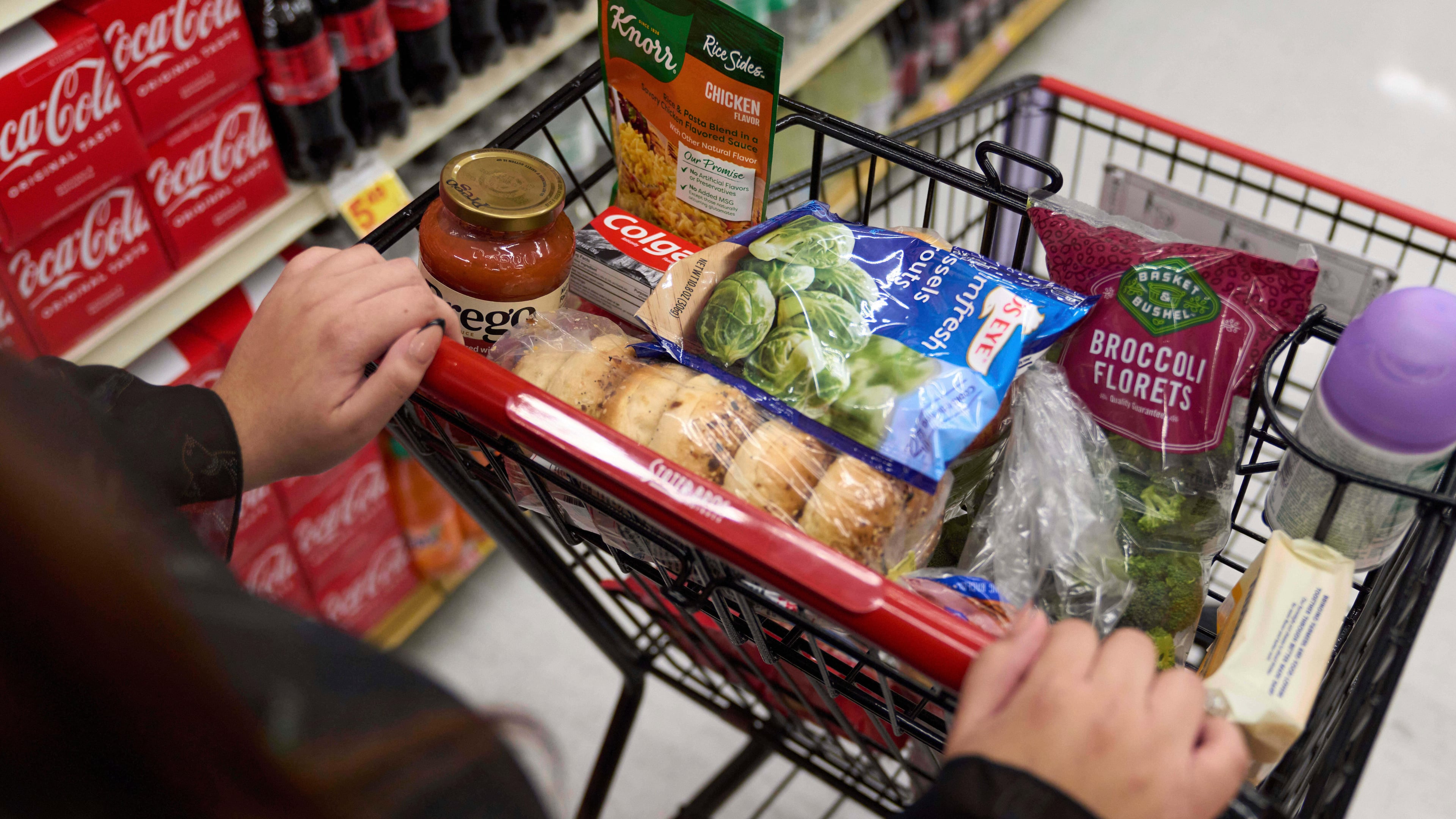1 in 8 Georgians get SNAP benefits. They’ll lose them Saturday.

More than 1.3 million Georgians could temporarily lose access to their Supplemental Nutrition Assistance Program benefits on Nov. 1 because of the ongoing government shutdown.
That’s about 1 out of every 8 Georgians. The latest county-level data available for June 2025 shows more than 705,000 households across the state rely on the benefits each month.
Calhoun County, in southwest Georgia, has the highest share (45%) of households in the state receiving benefits as of June. In metro Atlanta, more than a quarter of all households in Clayton County receive benefits each month.
Who receives SNAP benefits in Georgia?
Most SNAP participants in Georgia are families with children. About 69% of households have kids, and 28% include an older adult or a person with a disability, according to 2024 data from the U.S. Department of Agriculture.
About 37% of SNAP recipients in Georgia live in households where someone works. SNAP helps support about 506,000 workers in Georgia — roughly 11% of the state’s 4.7 million-person workforce.
In Georgia, most SNAP recipients between 16 and 59 must follow job search and employment rules. They must also meet income and asset limits. Most households cannot have more than $3,000 in cash and other liquid assets — a cap that rises to $4,500 if someone in the home is 60 or older or has a disability.
The job sectors with the greatest share of workers using SNAP in Georgia are laundry and dry cleaning, roofing, nursing and psychiatric home health aides, warehouse packers, and maids and housekeepers, according to the Center on Budget and Policy Priorities’ analysis of 2015-2017 U.S. Census data.
The program also provided assistance to about 15% of Georgia’s child care workers and preschool and kindergarten teachers during that period.
Nearly half of Georgia SNAP households are living far below the poverty level. In 2022, about 43% had incomes below 50% of the federal poverty level — what the government considers the minimum income needed to cover basic necessities.
How much money do recipients get each month?
The average SNAP benefit in Georgia was $186 per household member for the month of May, the latest data available from the USDA. That amounts to $6 per person, per day.
The average Georgia household on assistance received $384 in May.
That’s about on par with the national average for that month — $188 per person and $350 per household.
SNAP benefits are delivered through an EBT card — a plastic card that works like a debit card at approved grocery stores, farmers markets and online retailers. Benefits are automatically loaded onto the card once a month, and shoppers enter a PIN to make purchases.
The card can be used for groceries, including fruits and vegetables, meat, dairy and bread, but not for alcohol, hot prepared foods or household supplies.
Where do recipients spend money?
SNAP recipients spent $2.8 billion in Georgia stores in fiscal year 2024 — about $8 million per day, according to the latest federal data.
Georgia ranks second in the Southeast for SNAP spending, behind Florida, which redeemed $6 billion in fiscal year 2024.
About 10,000 retailers in Georgia are authorized to accept SNAP.
SNAP recipients can also use their benefits online. Georgia ranks second nationally in both the share of households that shop online with SNAP and the total amount spent at online retailers.
In fiscal year 2024, 38% of Georgia SNAP households made online purchases, and they spent about $481 million — 15% of all SNAP dollars redeemed in the state — through online retailers.
The USDA estimates that every $1 in SNAP benefits generates $1.50 in economic activity.
How much does SNAP cost the government?
The federal government spent nearly $100 billion on SNAP in fiscal year 2024, amounting to 1.5% of all federal spending.
Georgia and the federal government each spent about $110 million to administer the state’s program in 2023, according to USDA data. The program’s administrative costs — not benefit payments — work out to about $27 per case per month.
Part of the program’s administrative cost goes toward fraud investigations. In 2023, investigators in Georgia found 1,782 cases of intentional SNAP fraud — about 0.2% of all benefits issued to households in the state. Nationally, the fraud rate was even lower — under 0.1%.



